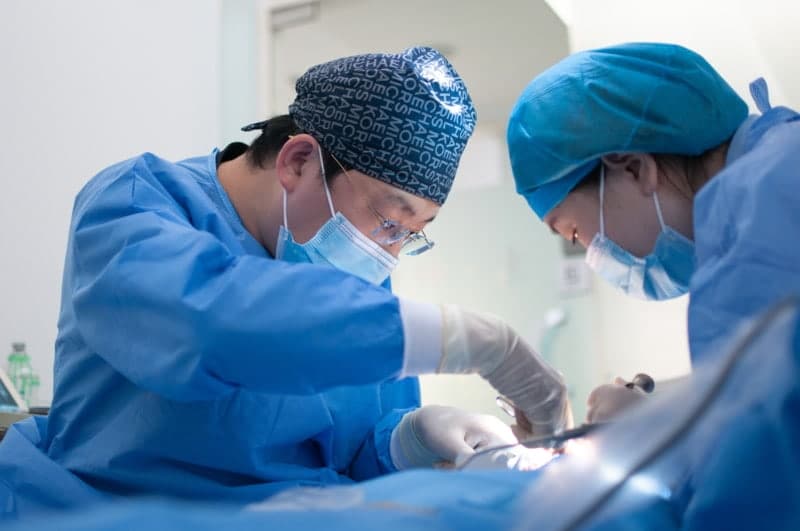Chronic bloating. Lower back pain. Fatigue that lingers even after rest. These are symptoms […]

This article focuses on myomectomy for uterine fibroids.
Fibroids that are small, do not cause symptoms, or occur in a woman near to her menopause can usually be observed with regular ultrasound scans to monitor for changes in the fibroids. Surgery is usually recommended for fibroids that cause heavy periods, painful periods, bleeding in between periods, anemia (low blood count), pressure symptoms, abdominal bloatedness, miscarriages and infertility.
A myomectomy is a surgical procedure to remove one or more fibroids from the uterus (womb). This is done under general anaesthesia by:
In rare cases, a fibroid previously seen on ultrasound may turn out to be an adenomyoma (adenomyosis) that is technically difficult to remove from the uterus and a hysterectomy (removal of uterus) may be required for proper treatment. Fibroids may also recur in the future, requiring repeat surgery.
The risks of myomectomy may include:
Common (affecting 1-5% of patients):
Uncommon (affecting 0.1-1% of patients):
Rare (affecting <0.1% of patients):
Alternatives for myomectomy include hysterectomy and hysteroscopic resection (depending on fertility plans and the number, size and location of fibroid.
Chronic bloating. Lower back pain. Fatigue that lingers even after rest. These are symptoms […]
Many women live with Polycystic Ovary Syndrome (PCOS) without realising fact from fiction. This […]
Within the realm of women’s health, the terms “fibroids” and “cysts” are often mentioned […]





Aster Gynaecology © | All Rights Reserved.